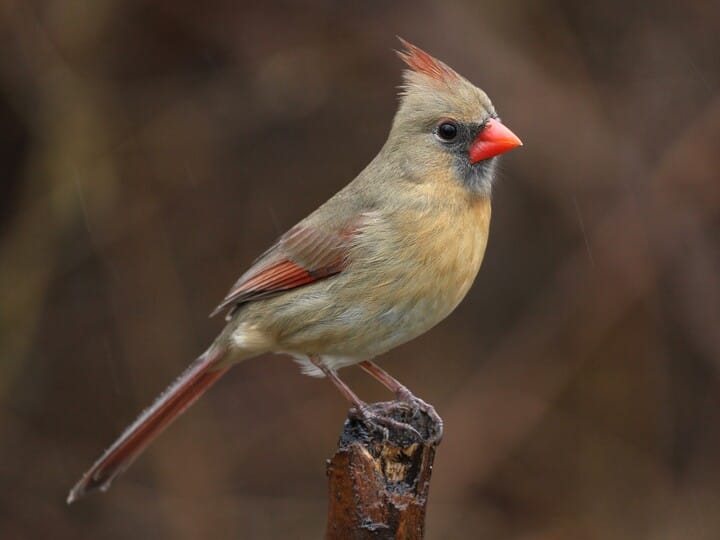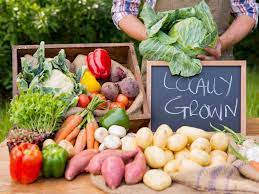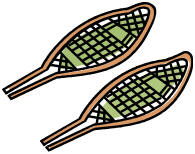

|
Tilton Conservation
Commission Tilton, NH |
|
Home |
Members |
Mission
Statement |
Buffalo Park |
Easements |Newsletter |
Forms |
Links |
Contact Us | Pictures Archived
newsletters By
Topic
|
CONSERVATION NEWS
Winter 2022 Newsletter


Winter Birding
“Feeding birds is one of the best ways to connect with nature without
having to go far away,” says Dr. Emma Greig, an ornithologist. Emma manages
Project Feederwatch at the Cornell Lab of Ornithology, where amateur bird
enthusiasts across the country can contribute to a data set by reporting on the
birds that visit their feeders between November and April. This helps scientists
better monitor and understand long-term bird patterns in the winter. The project
also offers a helpful guide to bird feeders and feed for wintertime.
You
can attract certain birds native to your region by selecting species-specific
food and feeder, but to attract the largest variety of birds, Emma recommends
hanging a suet block outside the window where you plan to do your winter
birdwatching. Birds such as woodpeckers, warblers, kinglets, and even wrens will
come to the feeder because the fat in the suet is a good source of energy in the
colder months. “Even birds that don’t normally eat seeds will come and nibble
from a suet block,” Emma says.
“Another benefit of a suet block feeder
is that you don’t end up with seeds everywhere,” Emma says. “They disappear to
nothing. They’re really tidy.”
To get the best view of the birds, place
the feeder at least 3 feet from your window. Birds that build up speed as they
land to eat will be less likely to injure themselves if they hit the window.
For more information about Project Feeder Watch go to https://feederwatch.org/

Snowshoe at Buffalo Park

The Town of Tilton has a hidden gem just a few blocks from downtown's
Main Street - 55 acres of
forested conservation land that can be used for
recreational activities.
It's a perfect place to snowshoe in winter. It can
best be accessed at the end of High Street Extension where there is
a kiosk and
small parking lot. So, put on your snow shoes and take some time to enjoy
Tilton in the winter.
Bring your camera or cell phone and take pictures. Look for animal
tracks. Test your tree identification skills. Enjoy.
Feeding
Deer in Winter?
DON'T

While most people who feed deer in the winter
are well-intentioned, there are a number of negative consequences to their
actions.
White-tailed deer, like many other wildlife species, have natural
adaptations that help them survive the winter.
One of these adaptations
involves the storage of fat in fall for use later during the winter.
Supplemental feeding interferes with how deer use these fat reserves, process
food, and expend energy in winter.
Feeding deer also makes them more
vulnerable to aggressive interactions, predation, disease, and vehicle
collisions.
For the long-term health of deer, the best management strategy
is to keep deer dependent on their natural food and cover.
(Taking Action for Wildlife)
NH Fish & Game Brochure
https://www.wildlife.state.nh.us/wildlife/documents/more-harm.pdf
E